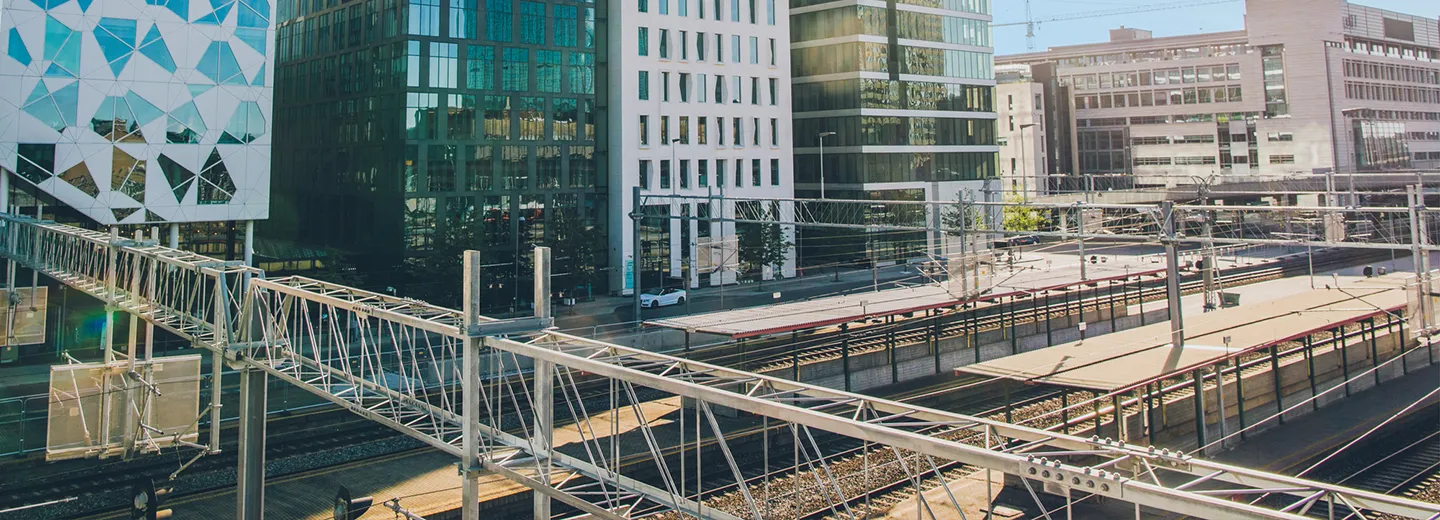Soaring Cost of Public Works Bids


What can public agencies do to mitigate rising bid prices and get the most out of construction dollars?
Prop 6 has been defeated. SB1 funds are starting to trickle down into the hands of hard-working public works leaders who have long placed “dream” projects on the shelf. At long last, our careful planning and dedication to making our communities and cities the best they can be is closer than ever. As we look at the near future, one thing is on everyone’s mind – the rising cost of construction and construction services.
Major construction programs are underway throughout our region, including City of Los Angeles, County of Los Angeles, LAWA, Metropolitan Water District, LADWP, LA Metro, Caltrans and every city in Southern California.
The economy is strong. In fact, we are finally catching up to pre-recession levels, with close to $713B in non-residential construction spending in 2017. As the months slip by, project after project comes in with a bid price far above the engineers’ estimate.

A recent report commissioned by LA Metro in May 2018, and circulated widely in the A/E/C industry, seeks to understand this issue and determine potential solutions to mitigate rising bid prices.
The construction industry is experiencing a “Perfect Storm” of factors driving up construction bids:
- Large number of small- to mega-projects bidding within a short time
- Shortage of skilled labor and professional talent; historically low unemployment
- Rising prices for materials: fuel, oil, steel and aluminum; rising interest rates
- Multi-year projects requiring escalations and tariffs on international trade
- Shortage of qualified, capable DBE/SBE firms
- Large amount of on-going work
- Owners undervaluing the cost of risk transfer
Metro’s report states that agencies will have to compete for qualified contractors, subcontractors, skilled labor, and DBE/SBE firms. What can a public agency do to shore themselves up in the face of a supply crisis? How can we mitigate rising bid prices and get the most out of our construction dollars?
Here are a few strategies that can help you stay competitive and set yourself up for success.
Approach the work as a team
Consider that consultants and contractors are facing the same challenges you are. Consultants and contractors have a choice – they can pursue your work – or other work. Remember that they, like public agencies, are working to manage increasing costs to provide their services, challenges to find talent and finding qualified DBEs.
Having a good relationship between the contractor, consultants, and owner can create opportunities for creative problem solving. Partnering with consultants can be an effective way to scale your public works operation up and then back down to meet the project demands without making permanent hiring commitments. It goes without saying that this requires a trust-relationship and a lot of work to find the right team members and encourage their participation. However, that effort can pay off in a big way. The right team can bring ideas, creativity, and enthusiastic willingness to work within your constraints.
Alternative contracting methods, such as Job Order Contract (JOC), match contractor skills to project needs and eliminate change orders up front providing much-needed flexibility to all parties. Having a good reputation as an agency who is willing to work fairly and in a timely fashion can also go a long way. Agencies who tend to push contract decisions to the end of the project hoping to settle on a lower amount, pay slowly, or are difficult will find the pool of good industry partners shrinking. All members of the team matter and happy team members deliver quality projects.
Jointly identify opportunities to develop balanced risk sharing
Evaluate contract language that might result in a less attractive bidding climate to proposers. Streamline or modify contract provisions and procurement processes so they are not unnecessarily cumbersome. Consider working more closely with your legal counsel to help them understand the implications of risk related contract language on construction cost. Understand that contractors and consultants are generally willing to assume risk if they can identify, quantify, and control that risk. Consultants and contractors are less likely to be willing to assume risk for agencies that completely “wash their hands” of third party risks.
Plan your spending wisely
Develop contract language to allow for addressing cost increases for projects that have long durations. This will limit the risk for both your agency and the consultant/contractors. Establish a program-wide contingency fund to address adjustments to project budgets due to current market trends. Develop engineer’s estimates consistent with the current market trends by reviewing escalations used and regularly adjusting them to meet the market conditions. Look at the procurement calendars of other agencies and coordinate yours so your projects are not competing with the resources of other projects. Some agencies have even elected to self-perform some of road work, renting equipment and using road maintenance staff to accomplish the job.
Make yourself accessible
Providing access to the construction/consulting community can be an invaluable resource. Publicize your projects through the network of industry associations. APWA is the perfect place to start. Educating industry about your goals, constraints and objectives can attract industry to participate on your projects and go a long way to ensure you receive a more responsive and responsible bid or proposal. Additionally, establishing connections with other public works leaders and professionals can help generate valuable knowledge sharing.
In conclusion, market conditions continue to drive construction prices up. Demand will inevitably improve supply and, eventually, create balance for future markets. Today, early proactive measures can ensure we make the most effective use of our precious public works dollars.
Source: Los Angeles County Metropolitan Transportation – File #: 2018-0086, 2018 Los Angeles Construction Market Analysis Report


.png)

.jpg)